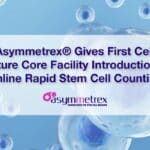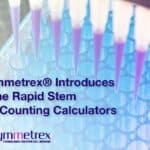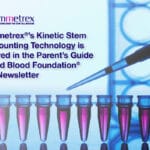Since the beginnings of the field of stem cell biology, more than half a century ago, it has not been possible to count adult tissue stem cells in experimental and clinical preparations. This surprising, but widely known, situation exists because, although tissue stem cells are unique in function from all other tissue cells, they do not look all that different from their progeny cells, which are much more abundant.
Here are 9 ways that stem cell biology and stem cell biomedicine would improve immediately in 2016, if new stem cell counting technologies were deployed:
- The dose of tissue stem cells in approved cell therapy treatments would be known for the first time. These include blood stem cells found in bone marrow and umbilical cord blood.
- Patients would no longer be treated with tissue cell preparations that have too few stem cells, leading to tragic outcomes.
- Patients would no longer be treated with tissue cell preparations that have more stem cells than needed, wasting the valuable cells.
- Samples in public cord blood banks could be stratified to insure that larger children received samples with higher numbers of blood stem cells as is required.
- Stemcell therapy clinical trials would no longer be performed without knowing whether different tissue cell preparations differ in stemcellnumber, the essential factor for the interpretation and success of the trials.
- Gene therapy trials, which depend on correcting defective genes or introducing curative genes in long-lasting tissue stem cells, would no longer be attempted without being certain that sufficient tissue stem cells were present for effective therapy.
- Pharmaceutical companies would no longer lose hundreds of millions of dollars each year on drug candidates that fail in animal studies and clinical trials because of tissue stem cell toxicity.
- Pharmaceutical companies would no longer have to acquire promising drug collections without the means to exclude drugs that will fail because of tissue stem cell toxicity.
- For the first time, stem cell scientists could conduct experiments in which the stem cell number was known instead of only being imagined.
Boston’s stem cell medicine biotechnology start-up Asymmetrex’s New Year’s resolution for 2016 is to bring the company’s first-of-its-kind tissue stem cell counting technology into general use for achieving these 9 improvements, and more, in stem cell biology and stem cell biomedicine practice. To achieve this goal, the company is focused on identifying the thought leaders who can head the rush from a past of resignation to tissue stem cell uncertainty to a future of quantitative stem cell biology and quantitative stem cell medicine. #No more magic; just science.







Leave a Reply